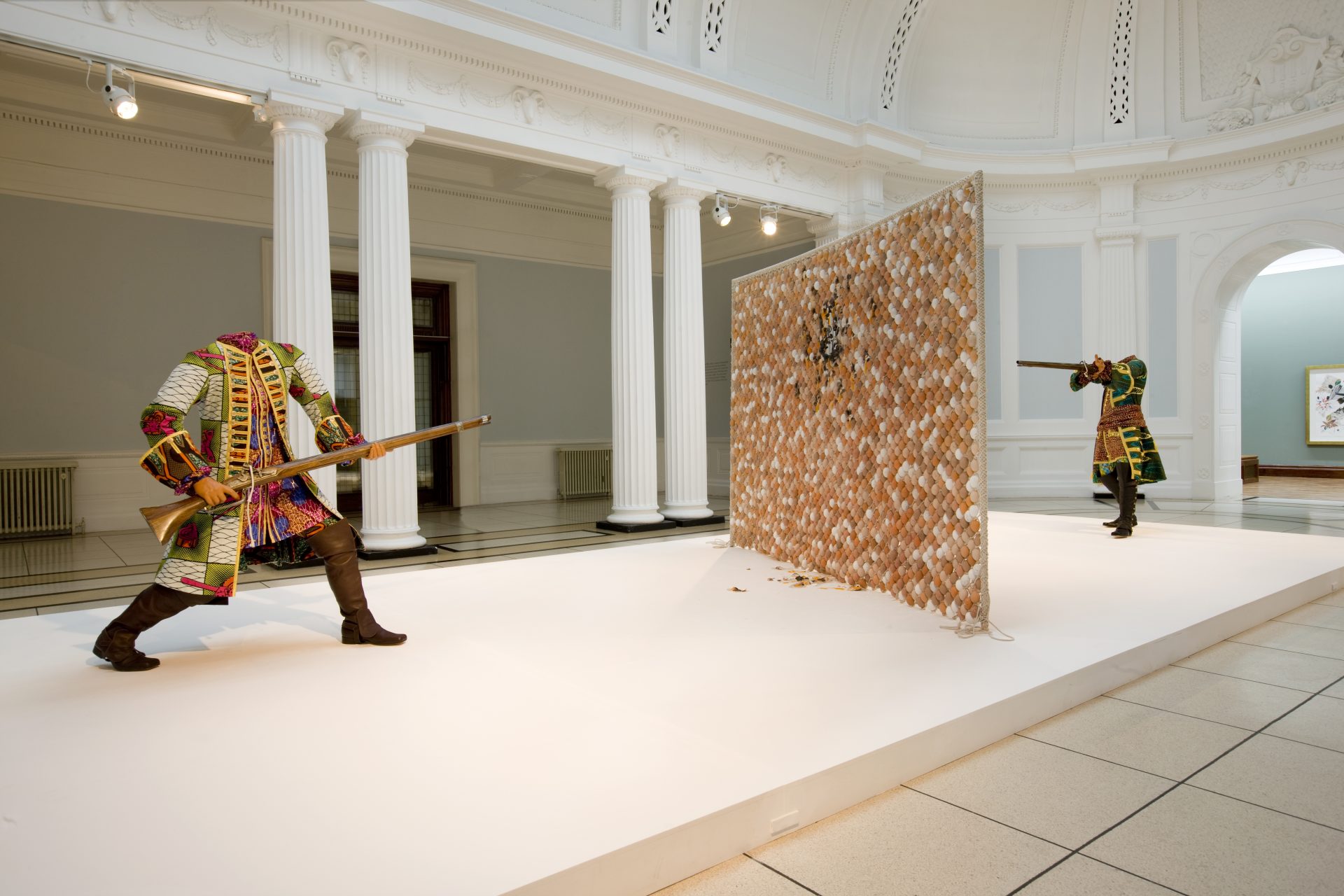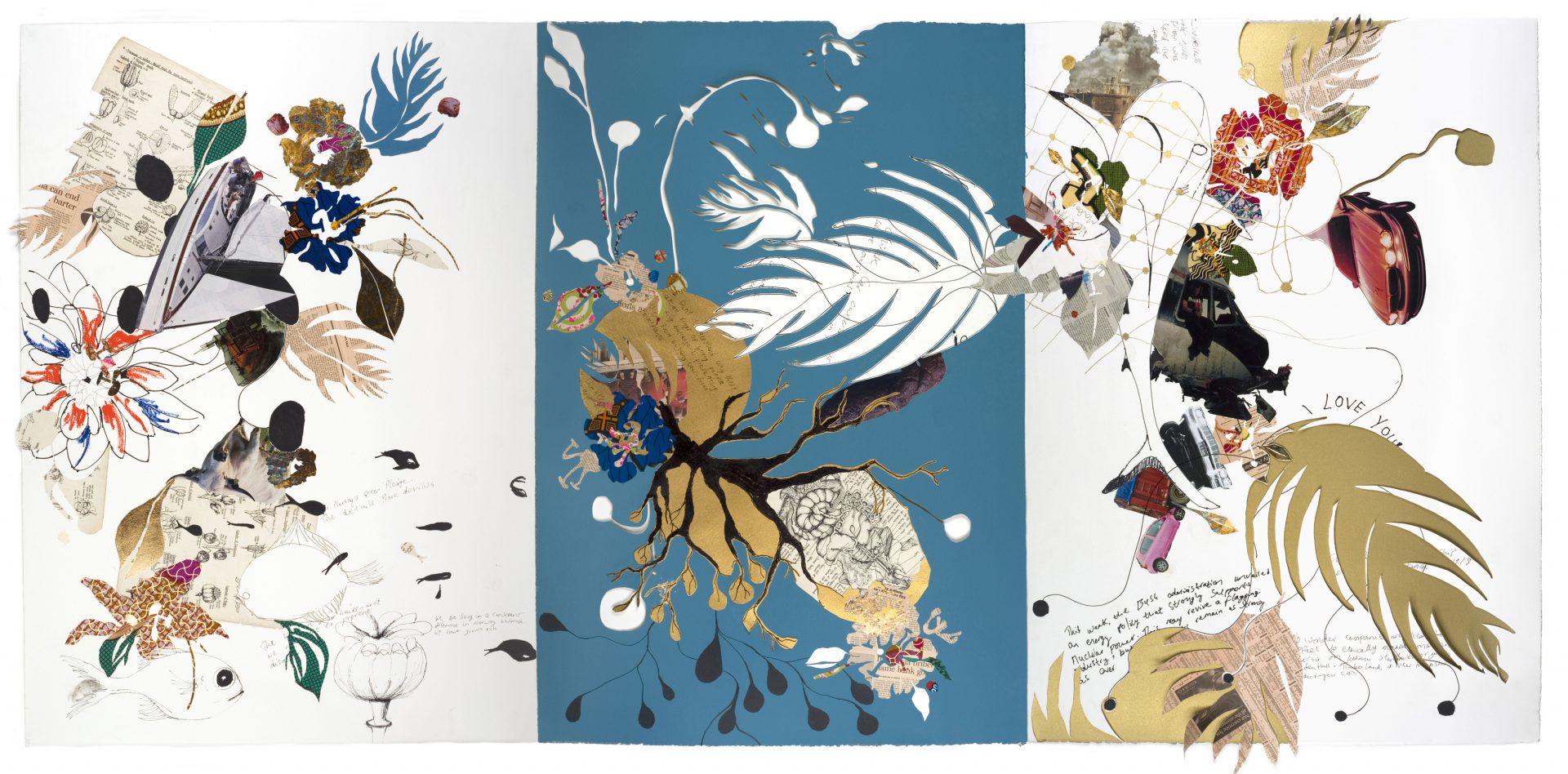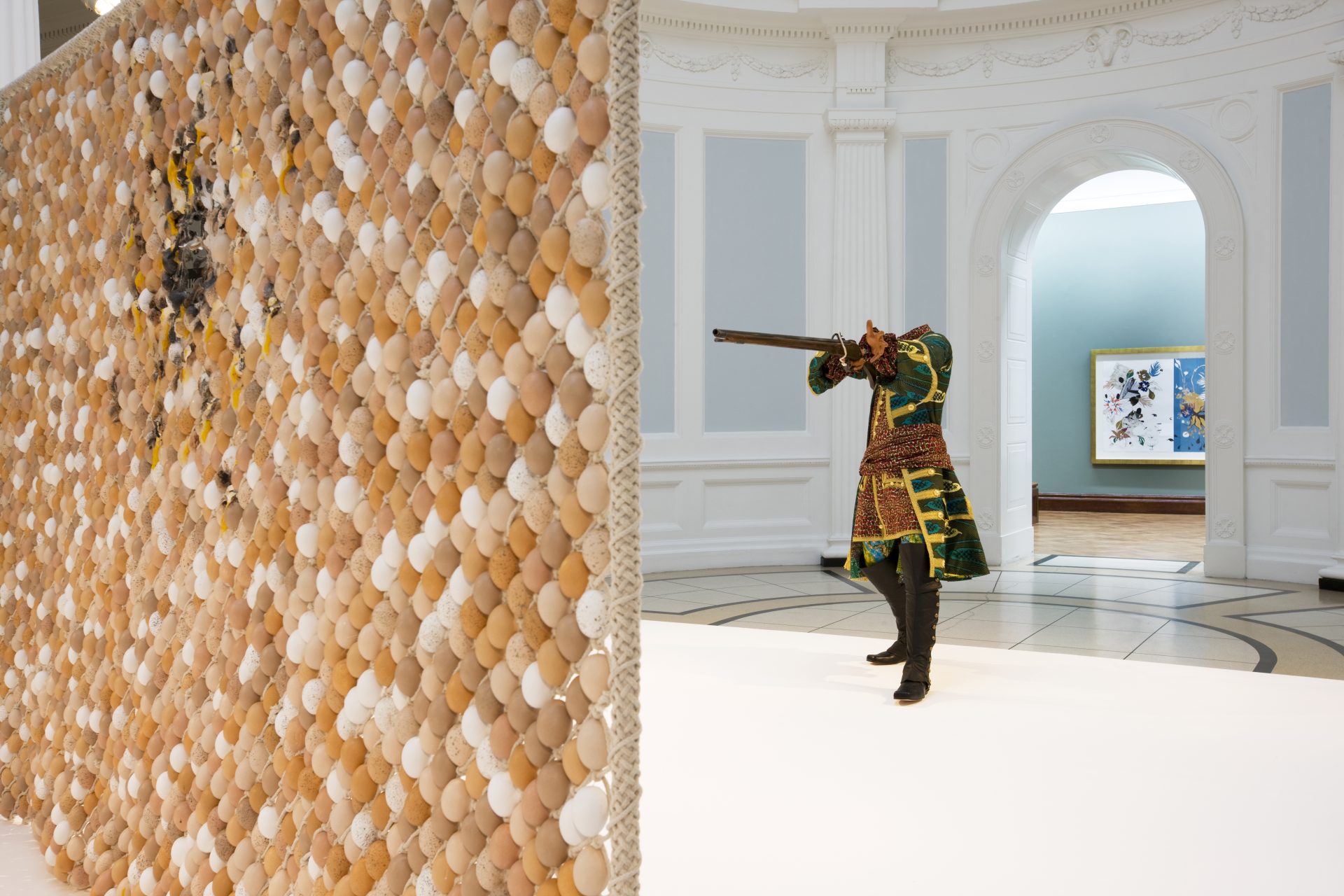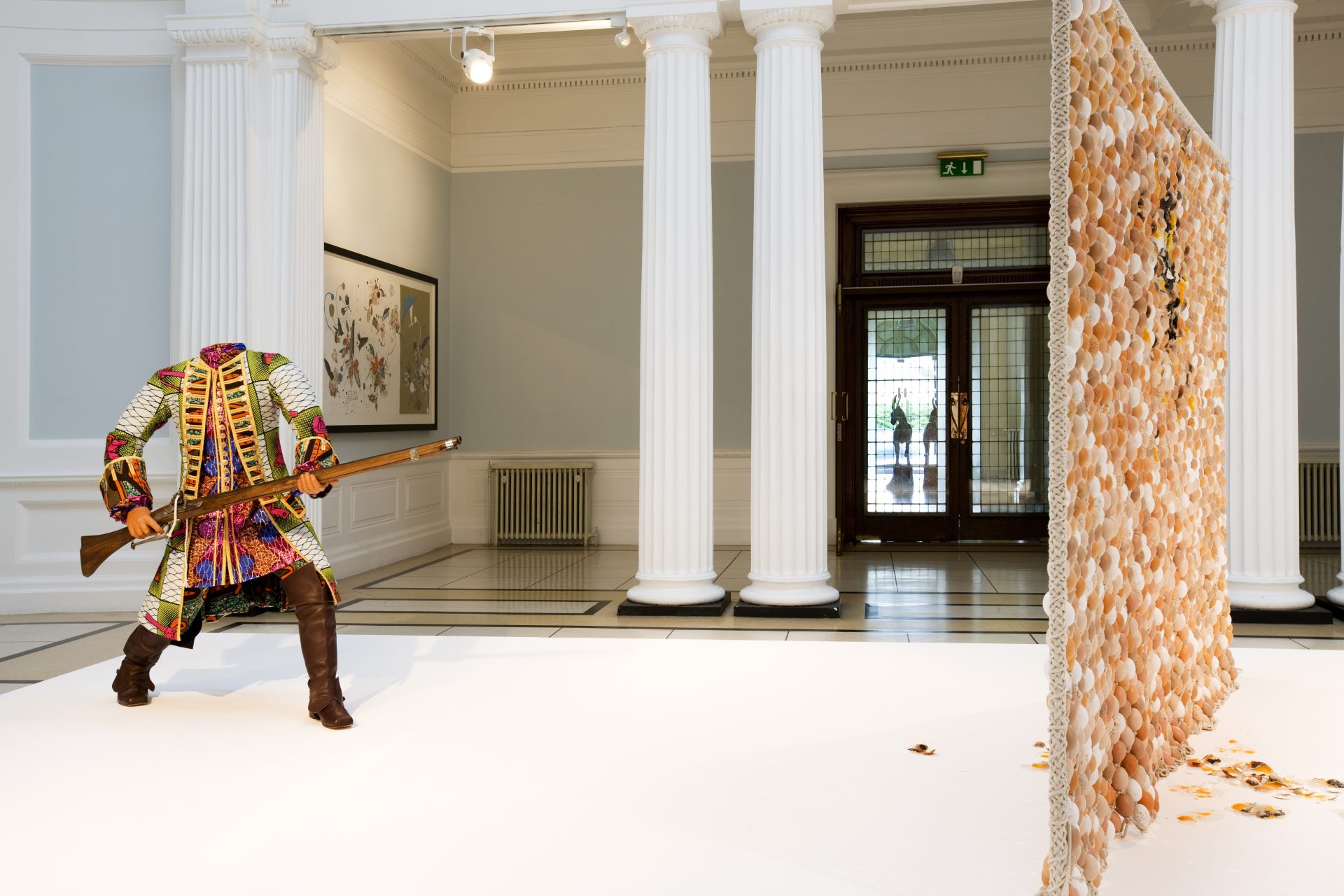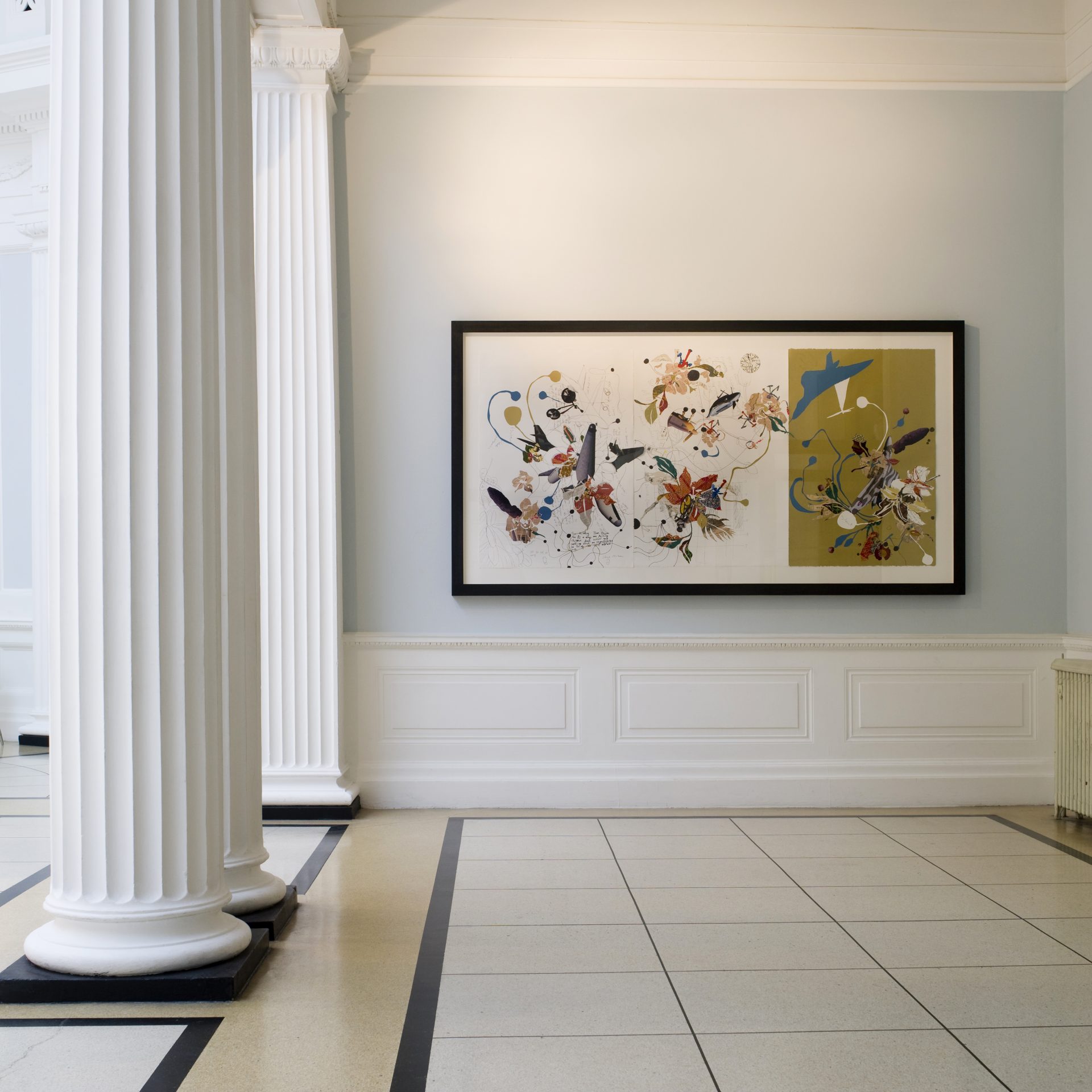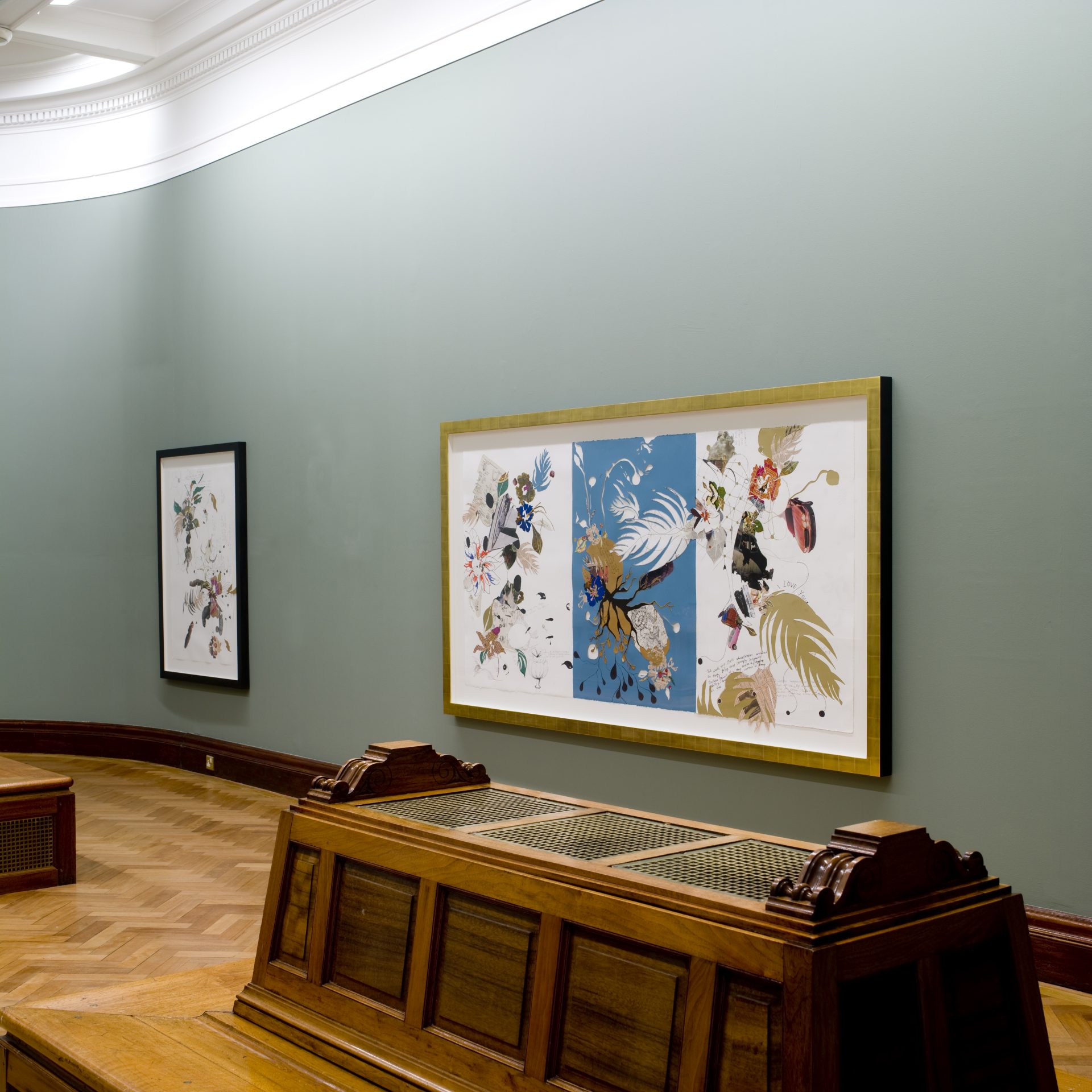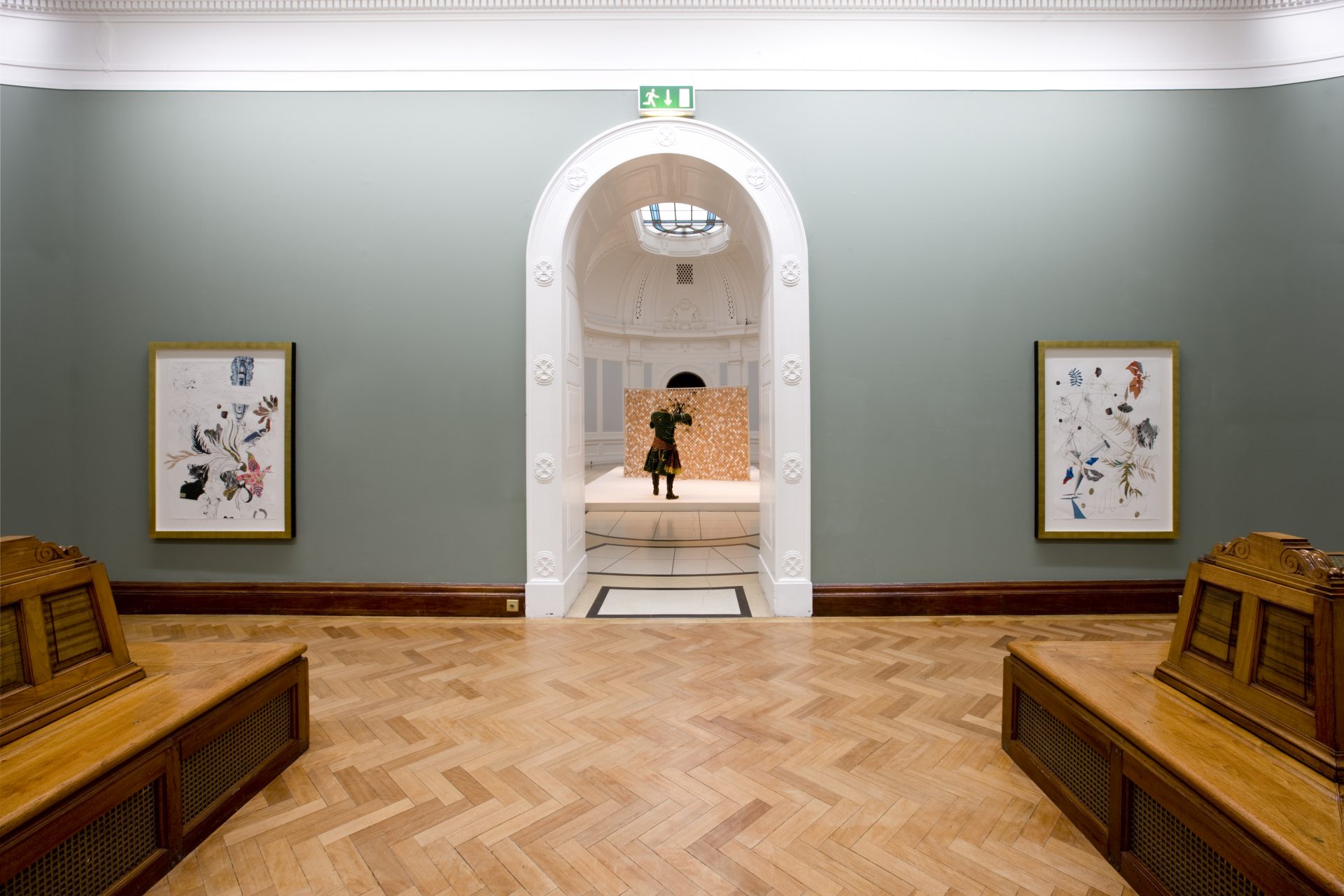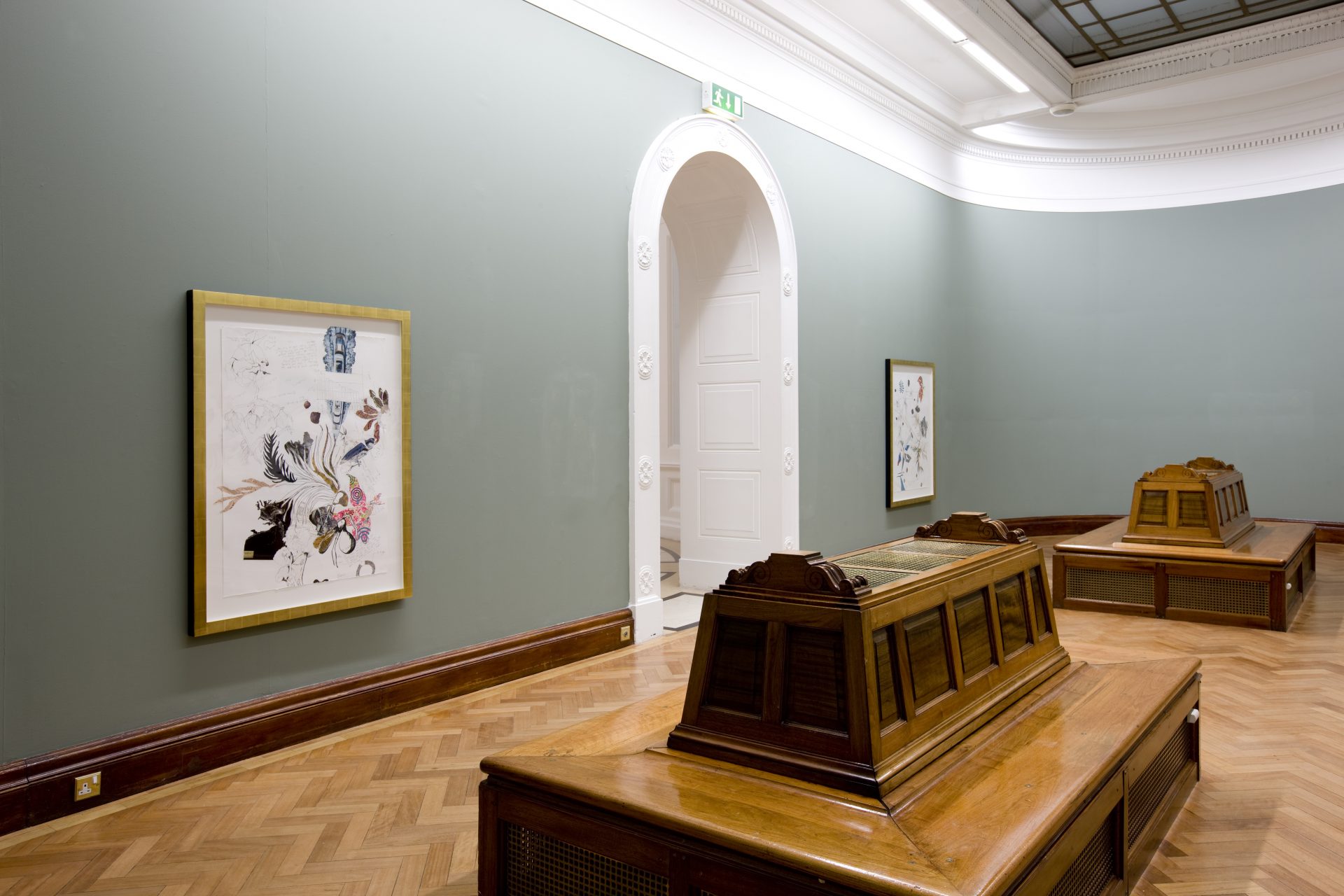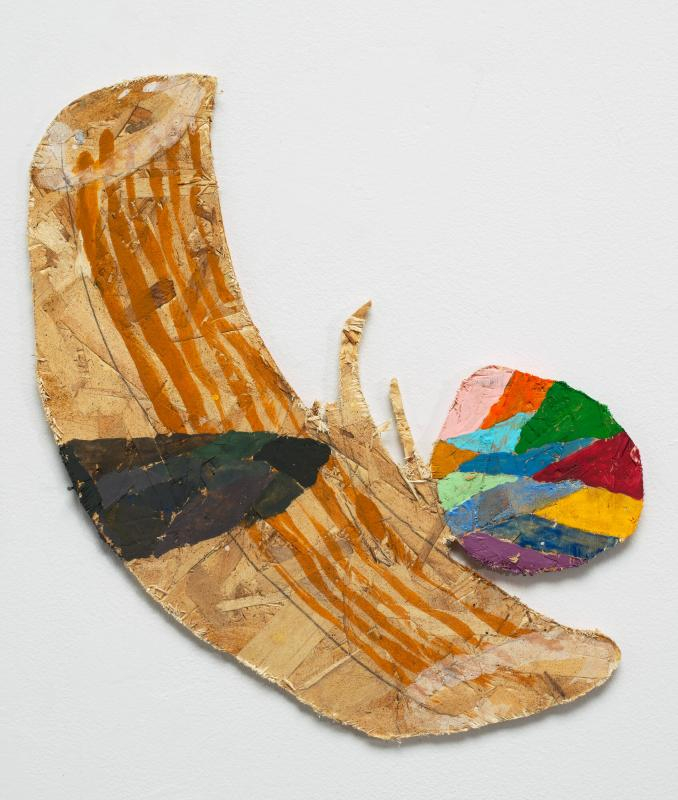The Hugh Lane Gallery began a curatorial discussion with Shonibare in 2009 and commissioned the artist to create a new sculptural installation. Shonibare proposed ‘Egg Fight’, based on themes developed in Irish writer and clergyman Jonathan Swift’s 1726 novel ‘Gulliver’s Travels’.
During the curator and artist conversations for the exhibition, Shonibare explained:
“I am re-reading Jonathan Swift’s ‘Gulliver’s Travels’ (1726), which interests me on a number of levels. I am particularly interested in the question of Gulliver’s empathy with the different cultures he encounters. He sees that they are different and they see he is different … Gulliver’s voyages also see him becoming involved in internal power struggles in the lands he visits but he himself is also, at various stages, both powerful and powerless depending on the context. Which brings us back to the questions of power and its contexts and how we assume and in some cases are beholden to power”.
‘Egg Fight’ refers specifically to lengthy battles between the fictitious empires of Lilliput and Blefuscu over the religious question of the correct way to break an egg which in Swift’s time symbolised the long series of wars between Catholic France and Protestant England. ‘Egg Fight’ demonstrates Shonibare’s sensitive, if satirical, use of batik fabric as a potent metaphor in visualising the ‘horrors of colonialism’ and it established him as one of the world’s leading artists and commentators on the ethic and aesthetic dimensions of globalisation.
Along with ‘Egg Fight’ the exhibition exhibited a series of large-scale drawings, entitled ‘Climate Shit Drawings’ (2009). From 2008-11 before the world took any notice of climate change, Shonibare created sculptures of young children balancing upon globes of the Earth showing infrared heat maps of regions affected by our excess consumption and exploitation of the planet’s fragile, finite resources – a critique continued in his collages. These works are the first editions of this style of work and continue to address the political issue of climate change. By including scraps of the ‘Financial Times’ newspaper, Shonibare also suggest that globalisation, the increasing interdependency of national economies, and the growth of air travel and trade (air-lifting flowers and vegetables from Africa, for example) are all parts of the bigger picture behind the manifestations of climate change. More than 10 years later these themes are just as relevant and with air travel currently being withdrawn from our skies, the effects are starting to show.
The Hugh Lane Gallery acquired ‘Climate Shit Drawing 6’ for the Collection
-
Profile
Yinka Shonibare, CBA (RA) (b.1962) is a painter, photographer, filmmaker and installation artist. His art is influenced by both the cultures of Nigeria, where he grew up, and England, where he studied and now lives. He has exhibited widely throughout the world, and was shortlisted for the prestigious Turner Prize in 2004.
Shonibare attended Goldsmiths University of London in the late eighties. As a student, his tutor asked him why he didn’t think about making African art. From that moment, intrigued by the idea that he should consider this as a person with a Nigerian background to make ‘African Art’ Shonibare began considering stereotypes and issues of authenticity.His work explores issues of race and class through the media of painting, sculpture, photography and film. Shonibare questions the meaning of cultural and national definitions. His trademark material is the brightly coloured ‘African’ batik fabric he buys in London. This type of fabric was inspired by Indonesian design, mass-produced by the Dutch and eventually sold to the colonies in West Africa. In the 1960s the material became a sign of African identity and independence.





